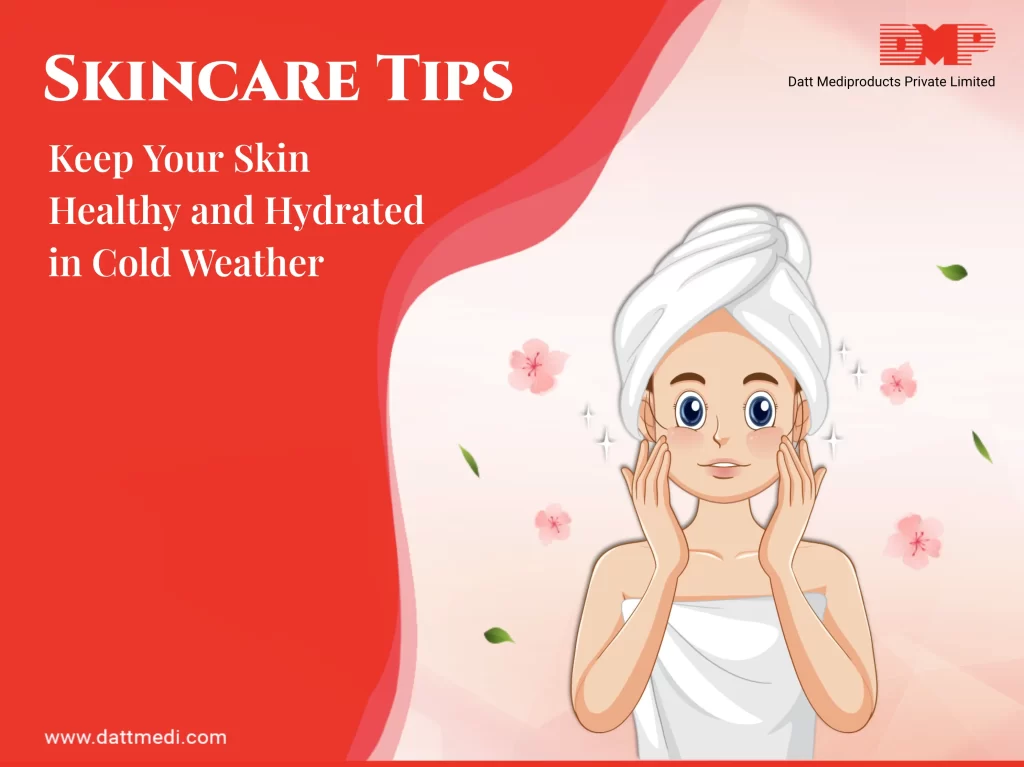
Wound dressings are indispensable in wound care management. With several advancements, dressings have emerged from a passive to a more active role involving moisture-retention and delivery systems.
Foam dressings are absorbent dressings used as primary and secondary dressings in partial or full thickness wounds with varying levels of exudate levels. When used as primary dressings, these provide absorption and insulation; and when used as secondary dressings, for wounds, with packing.
Foam dressings provide a level of padded protection, are occlusive and do not require any additional overlying dressing. Foam dressings offer several advantages in addition to absorbing light to heavy amounts of exudates from the wounds. These being non-adherent, repellent to contaminants, easy application & removal, provide a moist wound environment and are permeable to gases and water vapours.
We present VELFIX-S, an absorbent foam dressing with silicone adhesive. It comprises of a Polyurethane (PU) absorbent foam pad, a hypoallergenic silicone adhesive wound contact layer and a high MVTR transparent film top layer.
- Polyurethane Foam Pad: Polyurethane (PU) absorbent foam pad is the core of the dressing which not only absorbs wound exudate vertically into the dressing but also retains the exudates within the dressing. This prevents the exudates from re-entering the wound and maceration to the peri wound and surrounding skin.
- Silicone Adhesive: Soft Silicone Adhesive adheres to the skin around the wound but not the wound. Adhesive is hypoallergenic in nature which gently adheres to the skin and offers an easy removal.
- Polyurethane Film: Polyurethane film backing is breathable in nature providing high MVTR (Moisture vapour transmission rate). The film is waterproof, & bacteria-resistant.
VELFIX-S is available with and without an adhesive border. It can be used in a range of acute and chronic wounds such as Venous ulcers, Pressure ulcers, Superficial burns, Surgical wounds, Diabetic ulcers, Cuts & abrasions.
Velfix-S With Border: This dressing comes with an additional bordered edge for added adhesion and flexibility. Border is showerproof, waterproof and prevents exudate leakage. Borders also reduce the risk of lifting and rolling directly impacting adhesion and wear time.
Velfix-S Without Border: This dressing is used for moderately to severe exudating wounds. It offers good permeability and minimises peri-wound maceration.
PROPERTIES & BENEFITS:
- Velfix-S is a highly absorbent dressing used for heavily exuding wounds.
- Provides moist environment for faster healing.
- Soft Silicone Adhesive adheres to the skin around the wound but not the wound.
- Soft Silicone Adhesive has an easy-release property minimizing pain and adhesive associated skin damage on removal.
- Polyurethane film backing is breathable, waterproof, & bacteria-resistant, thereby preventing bacterial contamination.
APPLICATION:
- Application of Velfix-S involves first cleansing the area as per protocol
- Select appropriate size dressing as per the wound size
- Ensure the surrounding skin is clean and dry before Velfix-S application
- Carefully remove Velfix-S dressing from the packing and apply the white side to the wound site.
- Ensure Velfix-S is cut as per the size of the wound, even when used under compression therapy.
Velfix-S is an easy to apply foam dressing available in various customized sizes, suitable for different body parts, & more convenient to diagnose while nursing.





